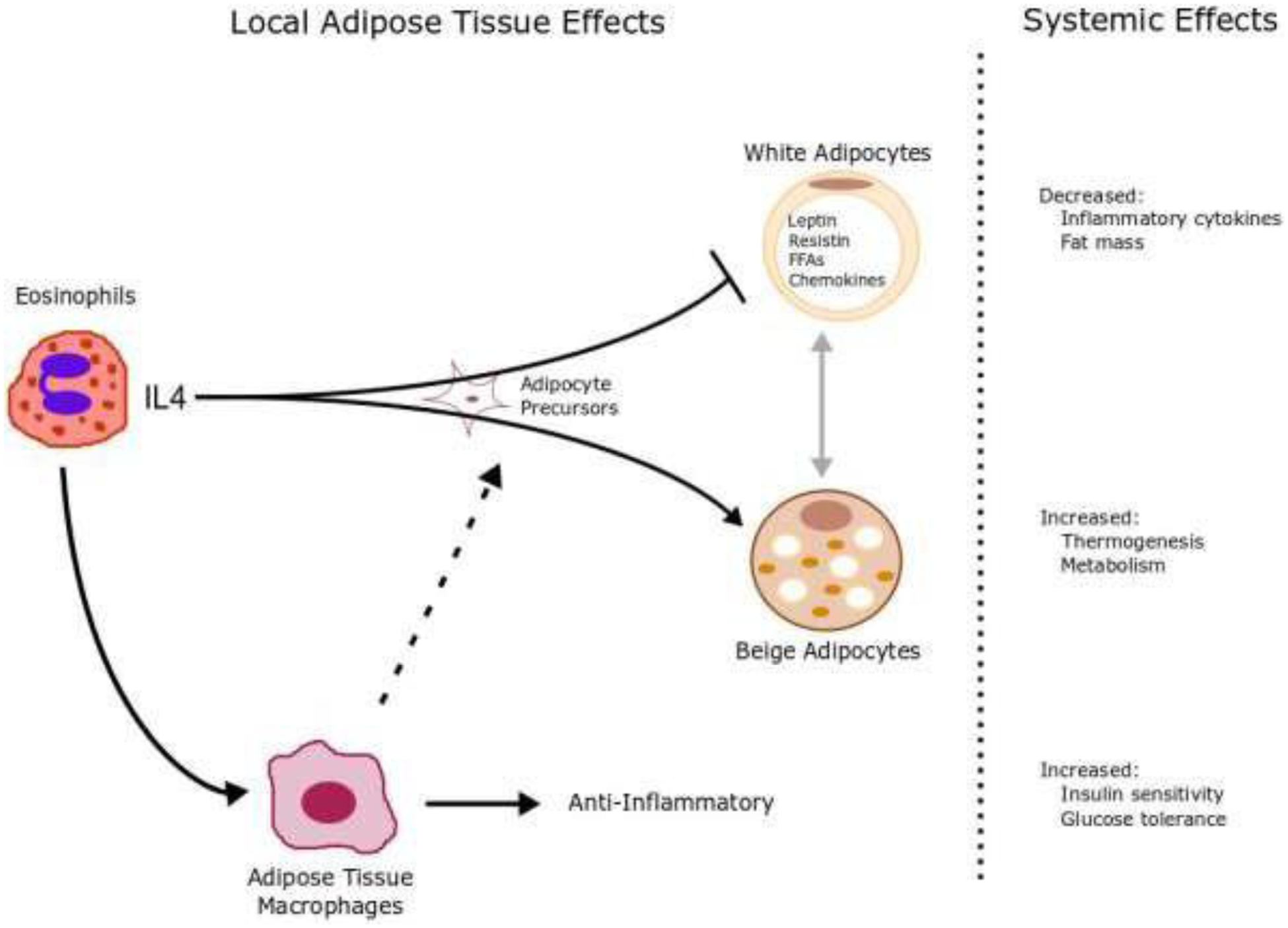Figure 1. Systemic effects of eosinophils on obesity may be mediated by local cell-cell interactions.

Eosinophils are a major source of locally produced IL-4 in white adipose tissue. Eosinophils induce adipocyte precursor cells to develop into thermogenic, UCP1-expressing “beige” adipocytes. Systemically, beige adipocytes increase thermogenesis and metabolism. Eosinophils simultaneously inhibit expansion of white adipocytes, which consequently decreases inflammatory cytokines and fat mass. The expression of IL-4 also causes alternative activation of adipose tissue macrophages promoting anti-inflammatory Th2 cytokines and insulin sensitivity and inhibits classical activation of macrophages and inflammatory Th1 cytokines and insulin resistance.
